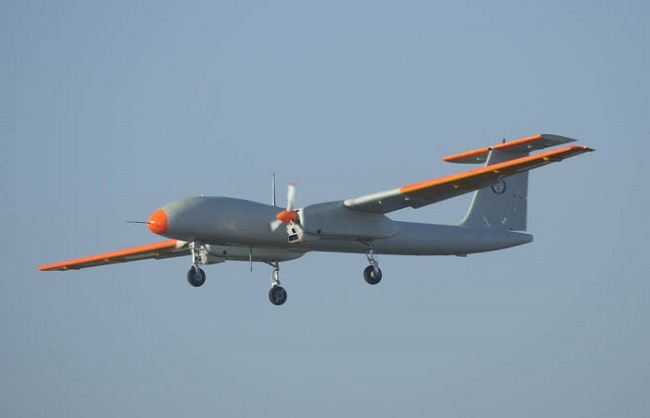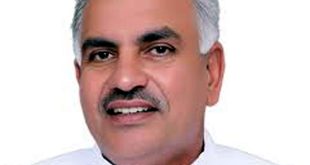
New Delhi, June 23 (HS). The Indian Air Force has proposed to the central government to buy 10 Tapas Made-in-India drones. Six of these drones will be for the Indian Air Force while the remaining four will be for the Indian Navy. The Indian Air Force will be the lead agency for the acquisition and inclusion of Tapas drones in the defense forces. The Indian Air Force's proposal is expected to be discussed in the Defense Ministry soon. Tapas drones can be used not only to monitor the borders but also to attack enemies.
Defence officials said the medium-altitude Tapas drone has been developed by the Aeronautical Development Establishment (ADA), a laboratory of the Defence Research and Development Organisation (DRDO). They are jointly manufactured by Bharat Electronics Limited and Hindustan Aeronautics Limited. The proposal to buy 10 Tapas Made-in-India drones is being seen as a major step to enhance the indigenous unmanned surveillance capabilities of the defence forces. The six indigenous Tapas drones of the Air Force will help improve unmanned surveillance on both the northern and western fronts.
Tapas stands for Tactical Airborne Platform for Aerial Surveillance Beyond Horizon (TAPAS). It is India's first Medium Altitude Long Endurance UAV, similar to the US MQ-1 Predator drone. The Indian Air Force has a fleet of Israeli origin Searcher, Heron Mark-1 and Mark-2 drones and is planning to induct the US Predator MQ-9B drone as part of future tri-services acquisitions. Earlier this year, questions were raised over the capabilities of the Tapas drone, but the DRDO is working on the Tapas project to further develop the system.
In fact, it was earlier reported that Tapas drones have not been able to meet the capability of flying at an altitude of 30 thousand feet for more than 24 hours continuously, which is why they have been excluded from the category of mission mode projects. Tapas drones have been tested by the defense forces, during which they were able to reach an altitude of 28 thousand feet and fly for more than 18 hours. DRDO officials said that the concerned laboratory will work on improving the design of the drone and increasing its power to make it more suitable for the service requirements of altitude and endurance, which it was not able to meet in the recent evaluation.
 look news india
look news india
